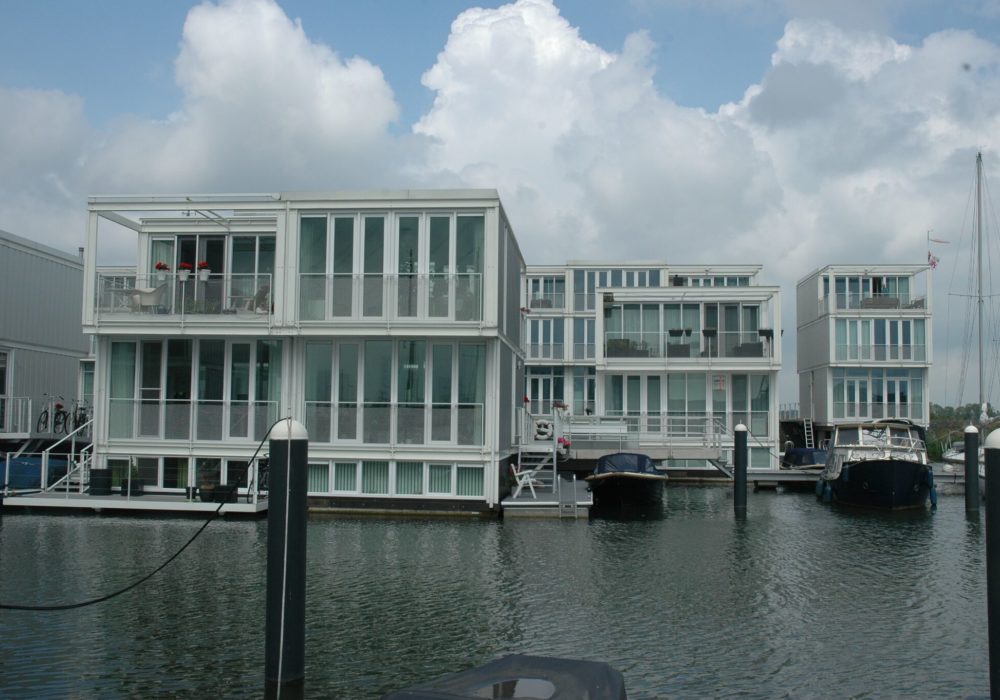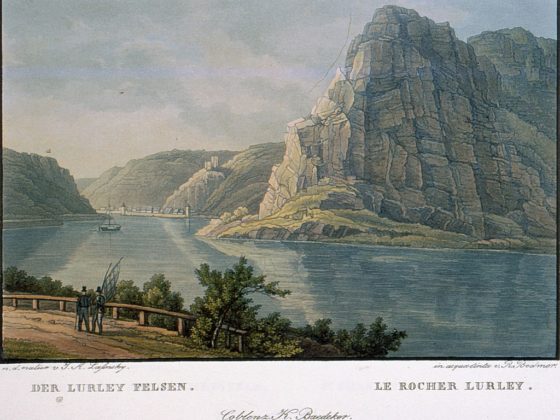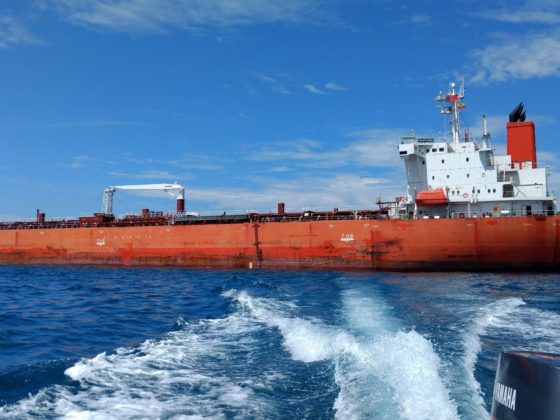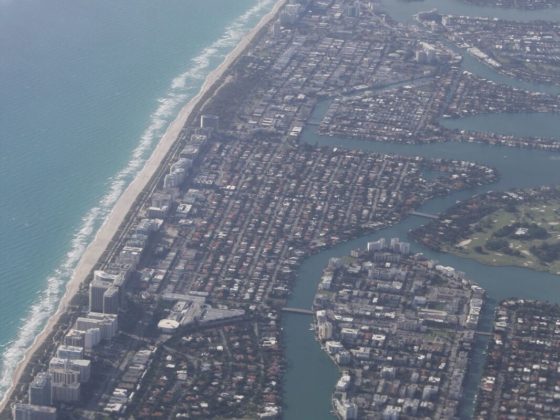Tim Beatley’s new documentary, Ocean Cities, explores the environmental challenges and opportunities facing coastal communities. As part of this year’s World Water Events, the documentary will be screened on March 22 at 5:30 p.m. in Clark 107 at the University of Virginia. Beatley teaches urban and environmental planning at UVA’s School of Architecture; he is also a very prolific author, focusing on sustainability and biophilic cities. In recent years, and especially in his 2014 book Blue Urbanism, he has been thinking about the interactions between cities and water. We spoke with him.
Why make a documentary? And how does this documentary relate to the rest of your work?
About ten years ago I started using film as an effective way to tell stories about what innovative cities were doing to protect and celebrate nature. Compared to academic papers, this medium gives the viewer a more visceral sense of a place and lets one hear about programs and projects directly from those involved in creating them, in their own voices.
The current film has its beginnings in a collaboration with a Colorado filmmaker, Chuck Davis. Some years ago I was speaking at a conference in Utah, where Chuck was premiering his latest film, Transforming Energy. We got to talking and decided to make a film together. That initial collaboration was very successful and led to the film The Nature of Cities (can be watched online). For a while it was being shown on PBS stations around the country and was generally quite well received.
The current film, Ocean Cities, is really an extension of this earlier film. It expands the idea of “urban nature” to include marine nature, or the nature and biodiversity near to cities but just beyond the land-water edge, and of course often ignored by urbanites. The film is also inspired a bit by a small book of mine called Blue Urbanism.
The film tells the stories of people and organizations in a number of coastal cities, including Baltimore, Miami, San Francisco, and New York, as they work to build these urban-marine connections, reimagine more sustainable systems for sourcing seafood, and creatively adapt to sea-level rise and climate change. We visit a neighborhood of floatable homes in Amsterdam, visit with a small fishery pioneering the idea of a Community Supported Fishery (CSF), and follow a group of Miami fifth graders as they discover for the first time the wonders of the marine world.
How do biophilic cities enter Ocean Cities?
The new film is really about the blue version of biophilic cities—cities that acknowledge our innate attraction to nature and living systems, and that work to put nature at the core of their design and planning. A major theme of the film is how we can begin to connect those living in cities with the wondrous marine world around them. The film tells the story of how the city of Baltimore teaches kids from nearby underserved neighborhoods about kayaking and gets them on the waters (often for the first time) of the inner harbor. We visit the Marjory Stoneman Douglas Biscayne Nature Center in the Florida Keys. We see how kids from visiting schools learn about marine life through a variety of hands-on experiences, including walking waist-deep in the Atlantic Ocean, collecting marine life from the sandy bottom of the ocean floor. We learn about the New York Harbor School and the Billion Oyster Project, which connects kids throughout the region to the aquatic ecology of New York City, the so-called City of Water.
How does sustainability enter the documentary?
Much of the film explores how cities can and must rethink their relationships with the marine world. This can happen in many different ways. Blue cities, or blue biophilic cities, are beginning to look for ways to provide direct physical and emotional connections to the sea. It can happen by engaging kids and adults in raising oysters that clean harbor waters, or through local whale-watching trips. It can happen by rethinking our relationship to the seafood we buy and consume. The film explores what a shift toward a more sustainable approach to seafood would look like. We film in a restaurant in San Francisco that is leading the way by serving only sustainably sourced seafood, and we learn about the Real Good Fish CSF (Community Supported Fishery) in Monterey, California, an emerging alternative model to our highly destructive industrial fishing system.
When I heard the title Ocean Cities, I immediately thought about climate change and sea level. How do these enter the documentary? What do cities do in response to sea-level rise?
Ocean Cities starts from the premise that we want and need to be close to water and to ocean environments. The film opens with a strolling interview with Wallace J. Nichols, author of the best-selling book Blue Mind. Nichols argues for the emotional and psychological value of water and the many important ways that oceans, beaches, and shorelines help to calm, soothe, and heal. There is an innate delight that we gain from proximity to water.
But in the era of climate change and sea-level rise there is a corresponding danger, and the film addresses this as well by describing the new and creative ways coastal cities are adapting to these new climate realities. Some of the voices in the film, such as Hal Wanless, coastal geologist at the University of Miami, are not very optimistic, but others, such as the Republican mayor of Coral Gables, Florida, believe we can and must respond. The story of Rotterdam is an inspiring answer to the skeptics—it is doing many big and small things, from designing new parking facilities to retain floodwater, to subsidizing the installation of green roofs throughout the city, to building new “water plazas” that at once provide new public gathering spaces and are designed to retain storm water. In the film, Rotterdam’s mayor speaks eloquently of the need to respond to the challenge of these coastal dangers, and the city has set the ambitious goal of becoming “climate proof.”





